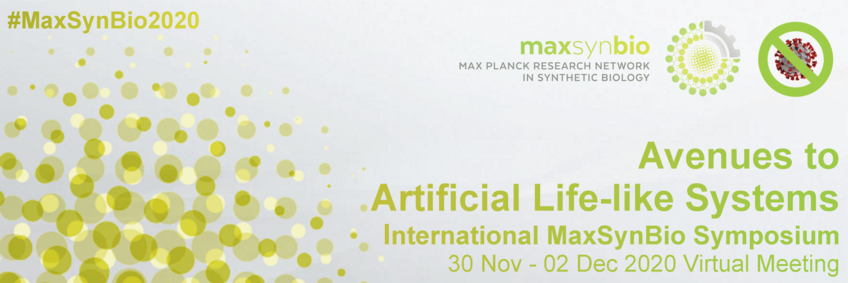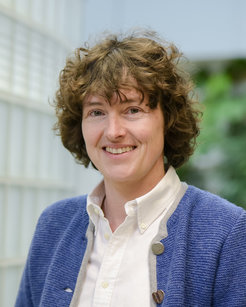
Petra Schwille (MaxSynBio)
Max Planck Institute of Biochemistry, Martinsried/Munich
Keynote Speaker for MaxSynBio

Petra Schwille studied physics and philosophy in Stuttgart and Göttingen. She did her PhD with Manfred Eigen at the Max Planck Institute for Biophysical Chemistry/University Braunschweig (1993) followed by a postdoctoral fellowship at MPI for Biophysical Chemistry (1996-1997) and at Cornell University, Ithaca, New York (1997-1999). In 1999 Petra Schwille became a Junior Group Leader at MPI for Biophysical Chemistry and in 2002 full professor of Biophysics at Dresden University of Technology. In 2011 she was appointed as director and scientific member at the Max Planck Institute of Biochemistry. Petra Schwille has been honored with numerous awards for her research including the Philip Morris Research Prize (2004) and Gottfried Wilhelm Leibniz Prize of the DFG (2010).
Schwille Group on MaxSynBio Website
Keynote Presentation: How to divide a vesicle?
Session "Replication" | Wednesday, 2 Dec Nov 16:30 - 17:00
Abstract: Division and replication of compartments is a hallmark of life, and lipid membrane vesicles are often considered ideal starting points as compartments for the design of minimal living systems. Although these vesicles are usually very delicate, and the energy barriers to transform and divide them relatively low, it still remains a challenge to design a toolbox of functional elements, e.g., proteins, that allow for a controlled division in, ideally, two equally sized daughter vesicles. In my presentation, I will discuss the progress of our lab in the past years to reconstitute active force-inducing filaments that are known to catalyze cell division in bacterial and eukaryotic cells, but also utilize unconventional dissipative systems, such as the oscillating Min proteins, to actively drive the spontaneous division of giant vesicles. Remarkably, our results suggest that the coupling of energy dissipation by a protein system to membranes unfolds several unexpected mechanical functionalities that may become useful in many ways for the design of minimal cells.
